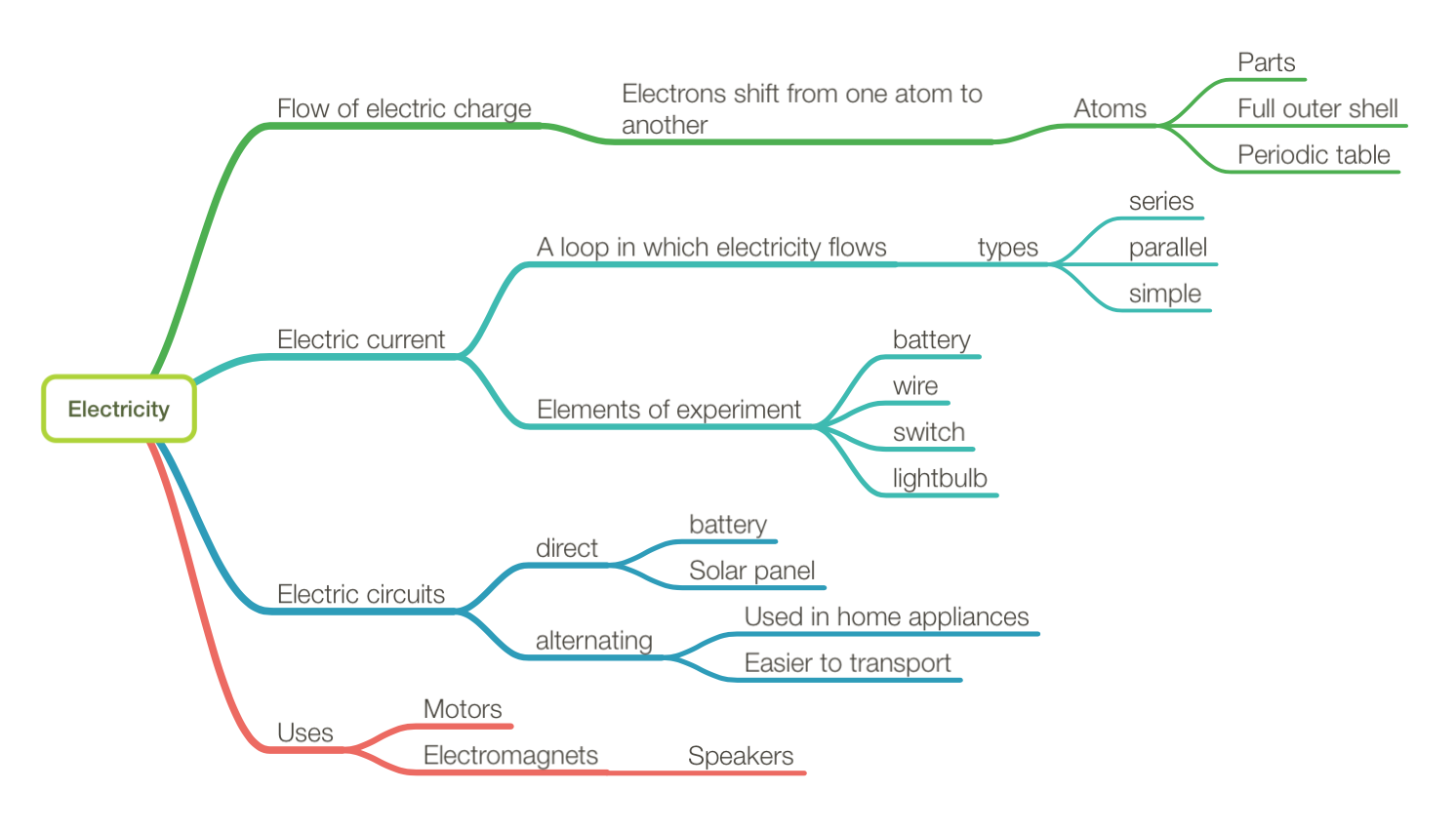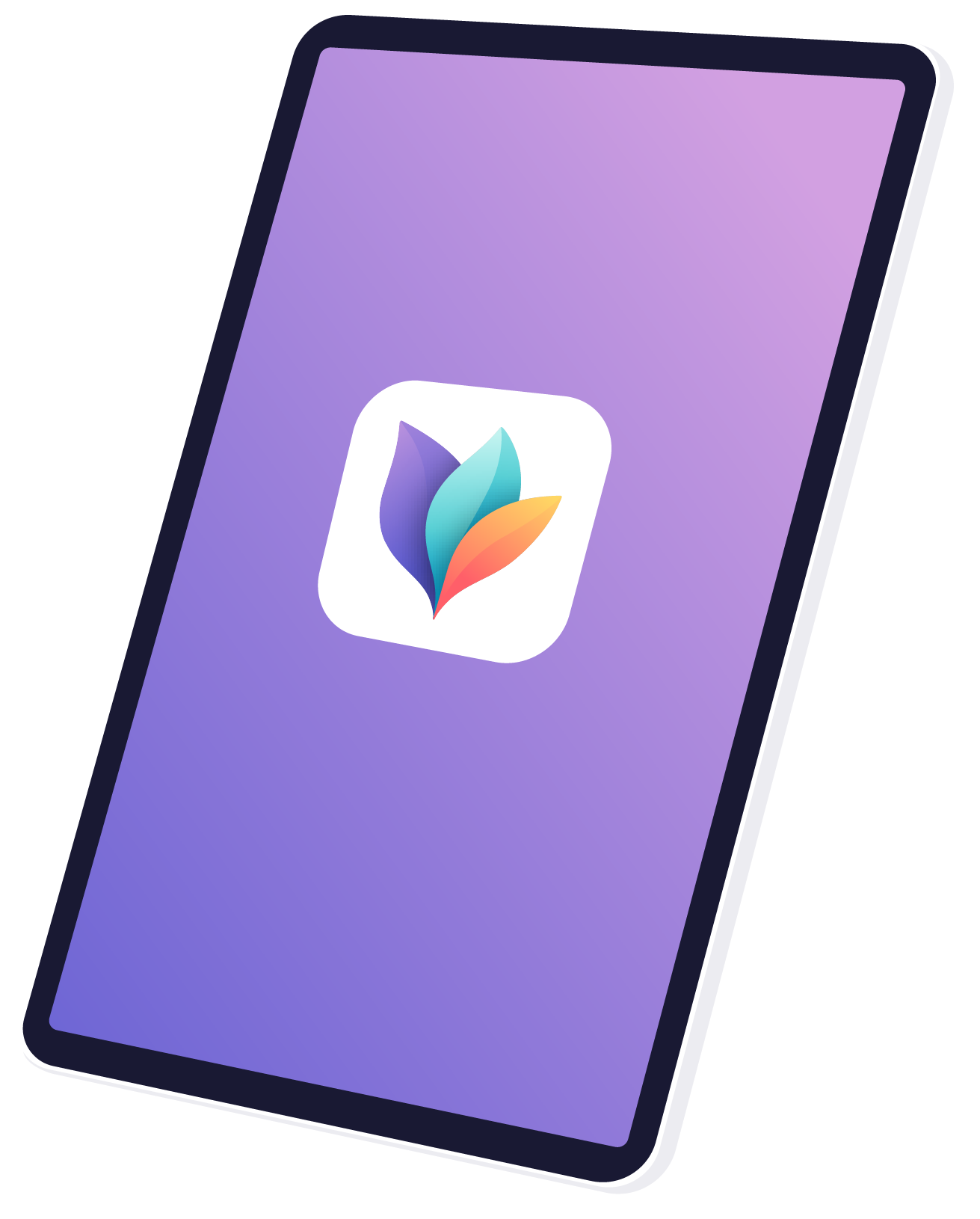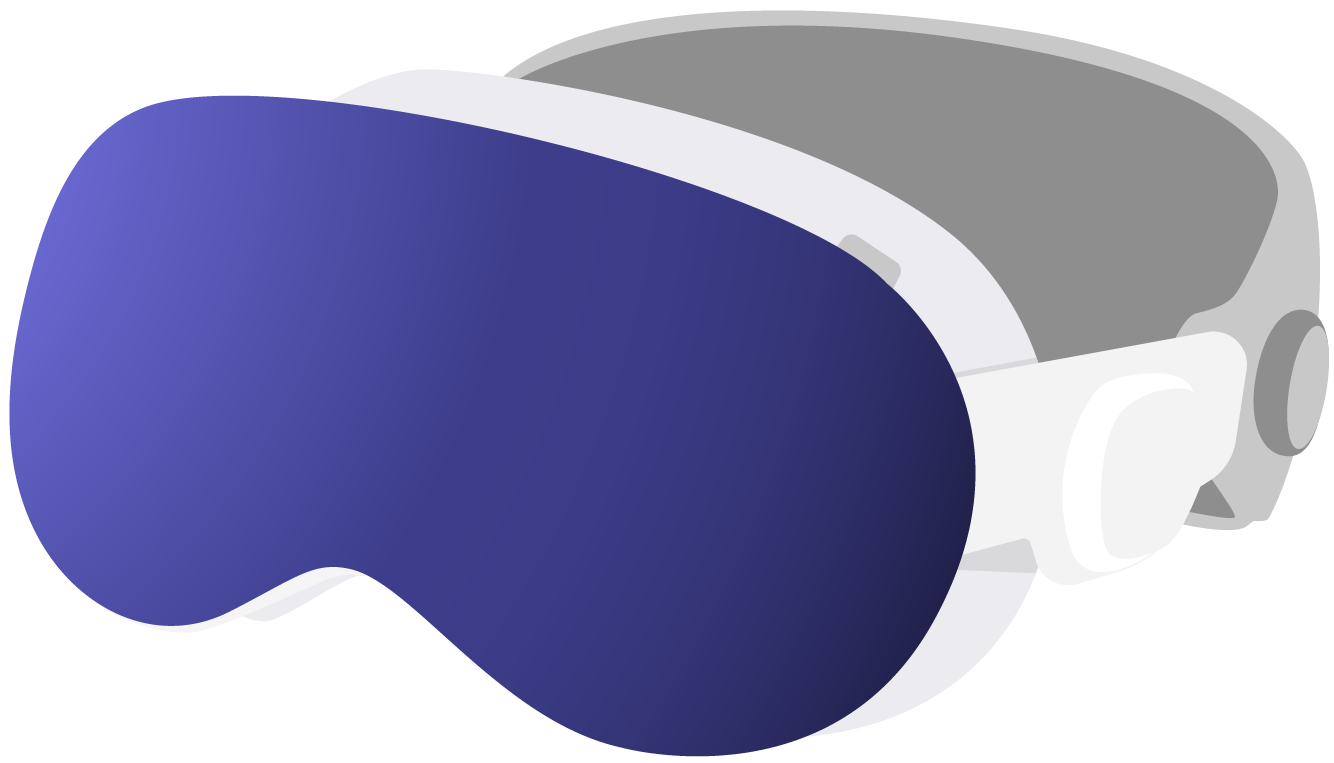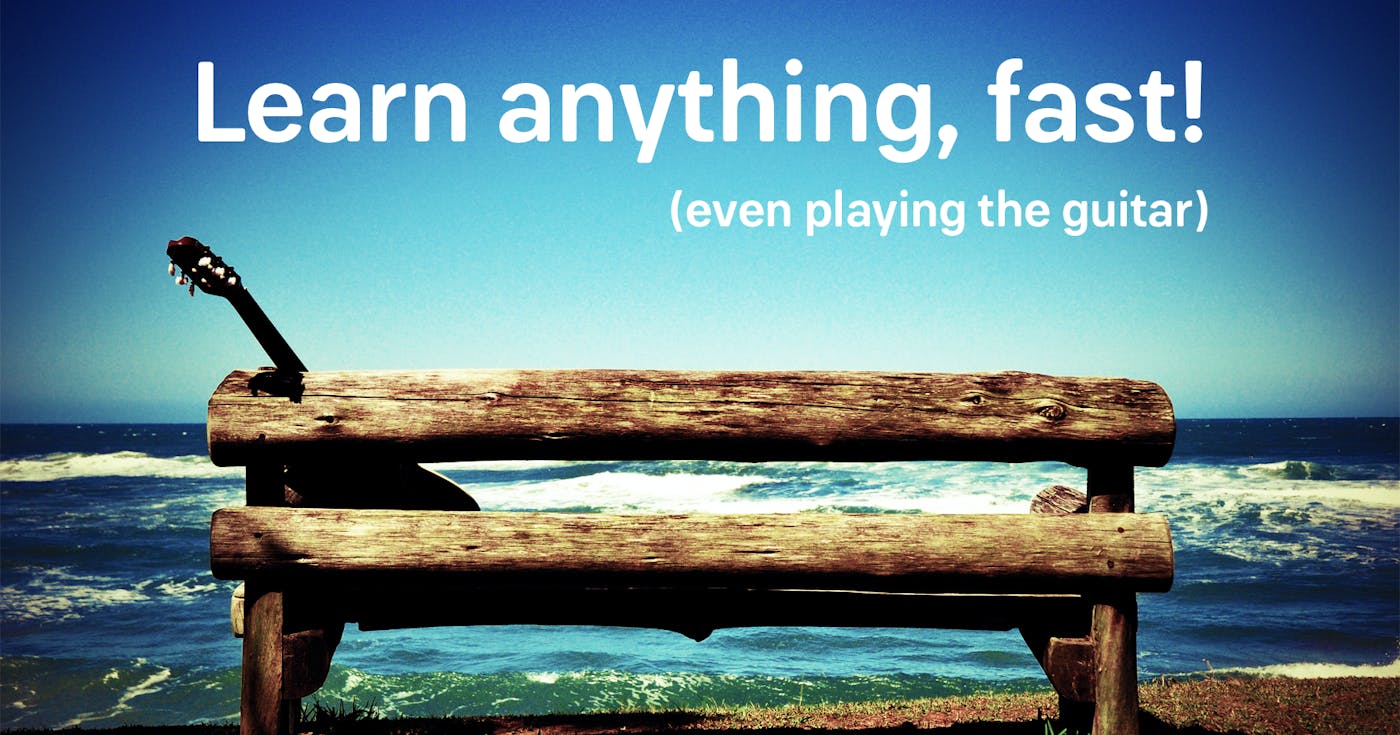
An Easier Way to Build Knowledge
This spring a parent wrote us that his children use MindNode to study for school. First they make a map of the way the different facts connect and then they look for images on Google that represent, or show the facts. The proud father tells us that all the searching on Google, finding images, and making abstractions and integrating the various types of knowledge was, for his kids, an inseparable part of the learning process.
And this is all well and good. But do you remember when you were in high school, or college, and took notes into an exam? And they were either too small to help or too big to carry? Remember when maybe you weren’t allowed to take notes in and you did anyway (cough)? In socks, on the wrist, under your shirt… I knew someone who wrote cheat notes on his chest and would stare down his shirt front as though he couldn’t help admiring his own muscles. I’m pretty sure it took him a lot of effort to write upside down like that. Should have just studied for the time it took…
Yeah. We’ve seen all the tricks, right?
Of course, back in the day, printers and copiers were sometimes hard to access. All notes were on pads. That’s right. In my day computers were called paper. Old school. Literally. Any and all notes were handwritten. So were assignments and thinking back on it you had to be sorry for the people marking them sometimes.
But there was something in writing out the notes again and again, editing what was written down to the essentials, shuffling around the pages, scattering it all on the floor and looking at it until there was a click moment and the whole would start to fall into a pattern. Then came the task of summarising, extracting the core lessons in the neatest, tidiest, best way possible, even to the point where it could fit on a page or a skinny teenager’s chest.
Maybe after all that, he didn’t end up looking at them so much. No one, with a good, concise document like this, would only have the information summarised on the page, they would have had it summarised in their heads. All they needed was confirmation of what it was they already knew, what it was they’d actually, you know, learned.
That was the thing, looking back on it now: the whole rigmarole of notes and summaries and making a mess on the bedroom floor was integral to the learning process. It may have actually been the learning process.
That’s what mind mapping could have given us, if we’d had it: a learning process, not too different from the good old days, but surer, neater, faster and more effective. Oh well, we’ll just have to show it to the kids and then grumble when they get better grades than we did and talk about things we don’t understand or, worse, perhaps never did.
When looking at what makes up knowledge, a real understanding or a topic, it’s easy to come to the quick realisation that it’s about more than just memorising facts. Facts in context are what creates meaning and knowledge. Even the question asked is part of the knowledge. It says things, all on its own. And, of course, different questions are related. Now once there’s an understanding of that, all the questions and all the answers, and, unfortunately all the further questions that come from all the answers, become easier to understand as well. Knowledge is built. Sometimes, the best of times, you get to build it for yourself.
A tool like mind mapping is pretty much the spars and struts and connections, the cement and the scaffold, of the knowledge and understanding the wielder of the tool is building. It’s strong stuff, holds things together. You can throw all your facts into a document and then group them according to principles and methods to see the way they are connected. Just look below at our example for the topic electricity.

See how closely the use in speakers and motors are related? It wouldn’t be obvious until you researched and mapped it. Similarly you can see we have a lot more knowledge about electric currents. Meanwhile the knowledge on atoms looks like it needs to be expanded upon. Or, maybe, we’ll decide to dive deeper into currents because it looks cool. If you use MindNode to map out what you know, what you’re curious about, then you become the builder of your own learning experience.
Get MindNode
Download MindNode now and start exploring your ideas in a whole new way.








